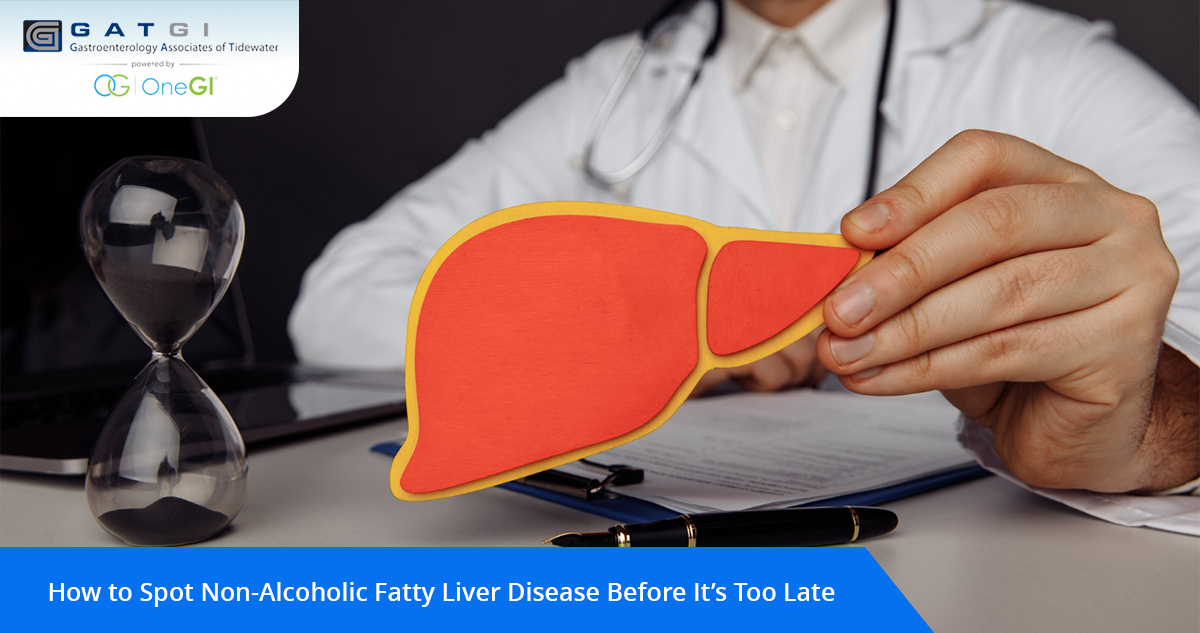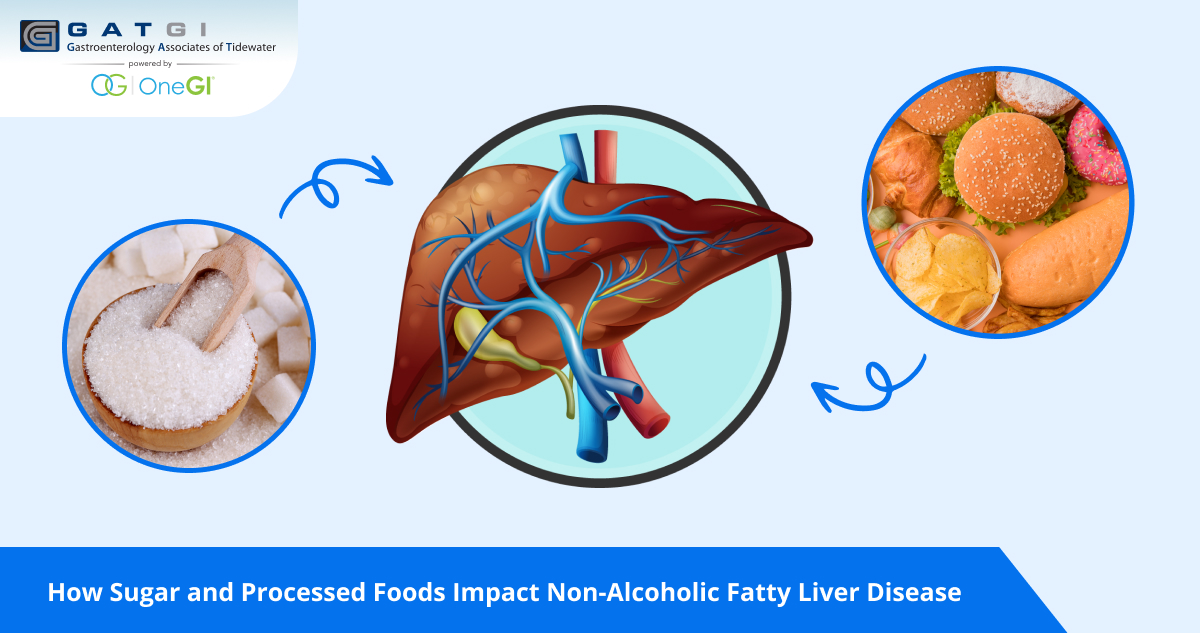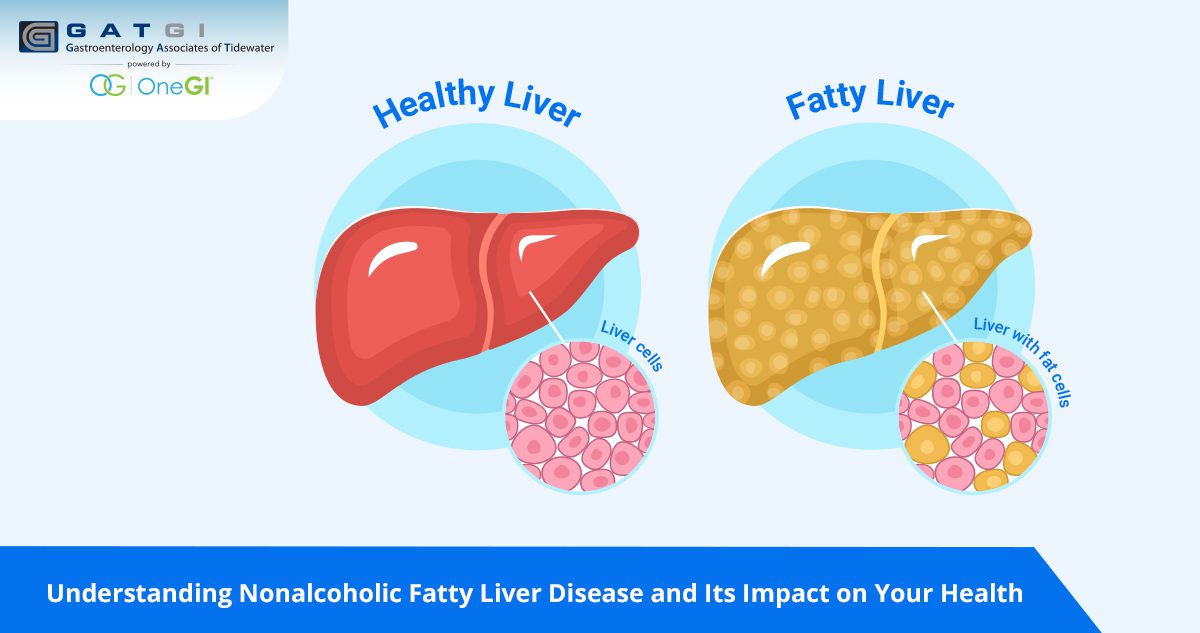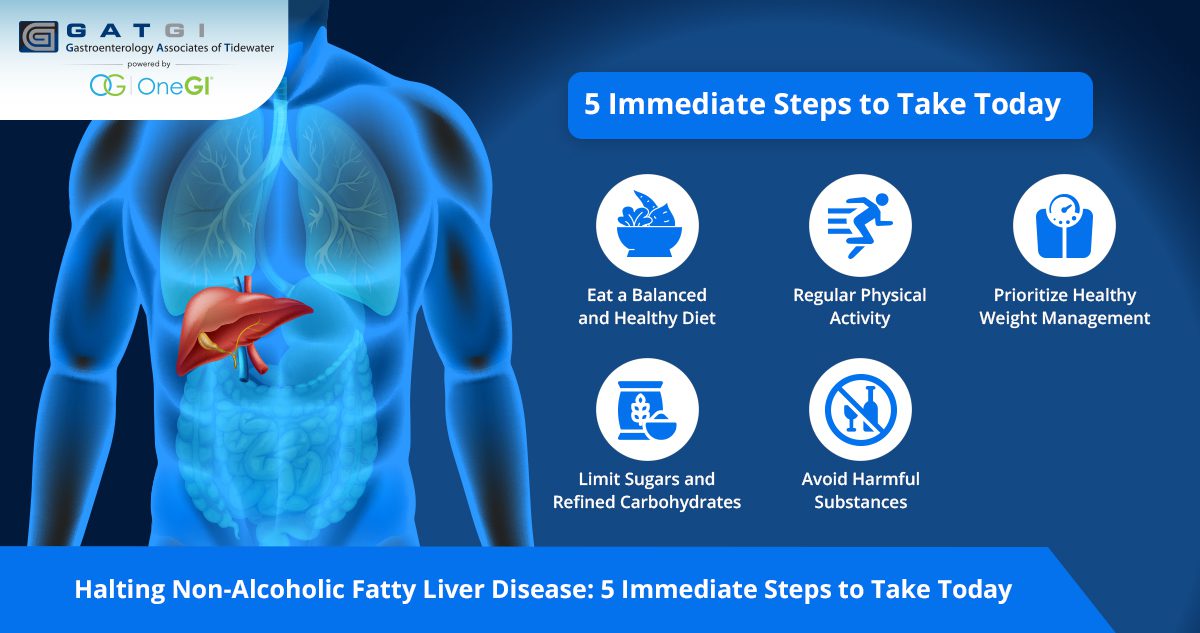Now known as metabolic dysfunction-associated steatotic liver disease, non-alcoholic fatty liver disease can quietly cause severe liver damage if it goes unnoticed and untreated.
Long-term, heavy drinking can lead to fat buildup in the liver, a condition called alcohol-associated liver disease (ALD), or steatosis.
Excessive alcohol use over time, especially when paired with other risk factors like obesity or diabetes, can also result in fat accumulation in the liver, known as metabolic dysfunction and alcohol-associated liver disease (MetALD).
However, fat can also collect in the liver even if you drink little or no alcohol. This is called metabolic dysfunction-associated steatotic liver disease (MASLD), previously referred to as nonalcoholic fatty liver disease (NAFLD).
Both MetALD and MASLD are grouped under steatotic liver disease (SLD), formerly known as fatty liver disease. Over time, either condition can lead to scarring of the liver, or cirrhosis, potentially reducing liver function. Their causes and treatment approaches differ, making early recognition especially important.
Read this post to learn how to spot non-alcoholic fatty liver disease before it’s too late.
Facts At A Glance
- Approximately 24% of U.S. adults are affected by NAFLD, making it the most common liver disease in the country.
- NAFLD has become the most prevalent liver disease among U.S. children, with its incidence more than doubling over the past two decades.
What Causes Non-Alcoholic Fatty Liver Disease
NAFLD develops when excess fat builds up in the liver, even in people who drink little or no alcohol. It’s often linked to underlying health issues and lifestyle choices that affect metabolism. Many people with NAFLD may not experience obvious symptoms in the early stages, making it harder to detect without medical tests.
Common causes of NAFLD include:
- Obesity or rapid weight gain
- Insulin resistance or type 2 diabetes
- High cholesterol or triglycerides
- Poor diet high in sugars and fats
- Sedentary lifestyle
- Certain medications or genetic factors
Early NAFLD Signs to Watch For
Early signs of nonalcoholic fatty liver disease may not cause noticeable symptoms. However, as the condition progresses, certain warning signs can appear.
- Fatigue or weakness
- Discomfort or pain in the upper right abdomen
- Unexplained weight loss
- Jaundice in advanced stages
What Happens If NAFLD Gets Worse?
The Gastrointestinal Liver Specialists of Tidewater confirm that if NAFLD worsens, it can silently progress to serious liver conditions that put your health at risk. Over time, the fat buildup can cause inflammation, leading to nonalcoholic steatohepatitis (NASH). This can further damage liver cells, resulting in scarring (fibrosis) and eventually cirrhosis, where the liver struggles to function properly.
Advanced stages can lead to liver failure or even liver cancer, which can be life-threatening. The frightening part? Many people don’t notice symptoms until it’s too late. Early detection through screening can stop this progression and protect your liver before irreversible damage sets in.
Act now, before it’s too late!
How to Spot Non-Alcoholic Fatty Liver Disease Before It’s Too Late – Symptoms to Watch Out!
Nausea, Vomiting, and Loss of Appetite
These symptoms often occur when the liver’s ability to process nutrients and toxins is impaired. As waste products accumulate, the digestive system may react by causing nausea or vomiting.
A reduced appetite is common because the liver’s dysfunction affects the body’s metabolism and hormone balance. Over time, poor nutrient absorption and ongoing discomfort can lead to weight loss and weakness, making it harder for the body to maintain overall health.
Dark Urine and Pale Stool (Hepatic Encephalopathy)
Dark urine and pale stools are signs that bile production and waste elimination are compromised. The liver’s inability to filter toxins properly can also affect brain function, leading to confusion, mood changes, or difficulty concentrating—a condition known as hepatic encephalopathy.
These symptoms occur as toxins accumulate in the bloodstream, disrupting neurological processes. Without treatment, this condition can worsen and potentially lead to severe cognitive impairments or coma.
Bleeding and Easy Bruising
A damaged liver struggles to produce clotting factors, proteins essential for stopping bleeding. As liver function declines, you may notice frequent nosebleeds, gum bleeding, or small purple or red spots on the skin known as petechiae.
Even minor injuries can cause excessive bruising because the blood doesn’t clot properly. These symptoms indicate that the liver’s role in maintaining healthy blood flow and repairing injuries is being affected, signaling advanced liver impairment.
Swelling in the Abdomen (Ascites)
Ascites refers to the accumulation of fluid in the abdominal cavity, a common complication of advanced liver disease. The liver’s reduced function leads to low levels of albumin, a protein that helps regulate fluid balance in the body.
This causes fluid to leak into the abdomen, resulting in noticeable swelling and discomfort. Ascites can make it difficult to breathe, move, or eat comfortably, and often signals severe liver damage requiring medical attention.
Yellowish Skin and Eyes (Jaundice)
Jaundice occurs when excess bilirubin, a yellow pigment produced during the breakdown of red blood cells, builds up in the body. The liver normally filters bilirubin out of the blood, but when liver function is impaired, this process slows down.
As a result, bilirubin accumulates in the tissues, causing the skin and the whites of the eyes to turn yellow. Jaundice is often a sign of serious liver dysfunction and requires prompt medical evaluation.
How to Detect Fatty Liver Before It Worsens
Gastroenterology Consultation
A gastroenterologist specializes in diagnosing and treating diseases of the digestive system, including liver conditions like NAFLD. They offer comprehensive care by reviewing test results, identifying underlying causes, and developing tailored treatment plans to improve digestive and liver health. To learn more about gastrointestinal disease treatments and how a specialist can help, visit – Gastroenterology Associates of Tidewater.
Blood Tests
Blood tests are often the first step in identifying NAFLD. They measure liver enzymes such as ALT and AST, which can be elevated when the liver is inflamed or injured. These tests help doctors determine if further evaluation is needed and monitor liver health over time.
Ultrasound
An ultrasound uses sound waves to create images of the liver. It’s a non-invasive and painless test that helps detect fat deposits, liver size, and other abnormalities. Ultrasounds are commonly used as a first imaging tool when NAFLD is suspected, providing important clues without radiation exposure.
CT Scan
A CT (computed tomography) scan takes detailed cross-sectional images of the liver using X-rays. It can help detect fat accumulation, inflammation, and early signs of scarring. This imaging method offers greater detail than an ultrasound and helps doctors assess the severity of liver damage.
MRI
Magnetic resonance imaging (MRI) provides high-resolution images of the liver without radiation. It is beneficial for quantifying liver fat and spotting subtle changes in tissue structure. An MRI can offer a clearer picture of the liver’s condition, aiding in early diagnosis and treatment planning.
Liver Biopsy
In some cases, a liver biopsy is performed to get a precise assessment of liver damage. A small tissue sample is removed using a needle and examined under a microscope. This test helps confirm the extent of fat buildup, inflammation, and fibrosis, guiding treatment decisions.
Can Fatty Liver Disease Be Reversed?
Yes, fatty liver disease can often be reversed, especially when detected early and managed with healthy lifestyle changes. Here are a few effective ways to improve liver health and reduce fat buildup:
- Weight Loss – Gradual, sustained weight loss through diet and exercise helps reduce liver fat and inflammation.
- Healthy Diet – Focus on whole foods, fruits, vegetables, lean proteins, and healthy fats while cutting down on sugar, processed foods, and refined carbs.
- Regular Exercise – Aim for at least 150 minutes of moderate-intensity exercise per week to boost metabolism and improve liver function.
- Control Diabetes and Cholesterol – Managing blood sugar and lipid levels through medication and diet prevents further liver damage.
- Limit Alcohol and Avoid Toxins – Reducing alcohol intake and avoiding unnecessary medications or harmful substances gives your liver a chance to heal.
- Medical Monitoring – Regular checkups and tests help track progress and adjust treatment as needed for the best results.
Check out this guide to discover practical and effective tips that you can implement right away!
More FAQs Related to Non-Alcoholic Fatty Liver Disease
1. What are the symptoms of a Stage 2 fatty liver?
Stage 2 fatty liver, also called steatohepatitis, may cause fatigue, abdominal discomfort, and mild swelling, though some people show no symptoms at all. Because these signs are often subtle, it’s important to consult a gastroenterologist who can order the right tests and guide you through treatment before the disease progresses.
2. How do you know if your liver is healthy?
A healthy liver usually shows normal enzyme levels on blood tests and no visible fat or inflammation on imaging scans. However, problems can develop silently, so even if you feel fine, scheduling a gastroenterology appointment ensures you get a thorough evaluation and early detection to protect your liver.
3. Can fatty liver cause nausea?
Yes, fatty liver can interfere with digestion and metabolism, leading to symptoms like nausea, loss of appetite, and bloating. If you’re experiencing fatty liver disease symptoms without alcohol consumption, seeing a gastroenterologist can help identify the cause and create a treatment plan to support your liver and overall well-being.
4. How do I control fatty liver grade 1?
Grade 1 fatty liver is the earliest stage and can often be reversed through diet changes, exercise, and medical supervision. A gastroenterology specialist can help you create a tailored plan, monitor your progress, and prevent the condition from advancing to more serious stages.
5. Should I see a doctor if I have risk factors but no symptoms?
Absolutely. Many people with fatty liver disease show no outward symptoms, even as damage progresses silently. Scheduling a consultation with a gastroenterologist ensures you receive the right screenings and preventive care before complications arise, helping you maintain long-term liver health.
Seeking Early Diagnosis and Expert Care
Spotting NAFLD early is crucial for preventing serious liver damage. If you notice symptoms or have risk factors, consulting gastroenterology physicians near you can make all the difference. Here’s how they can help:
- Blood tests and imaging to detect early liver changes.
- Guidance on diet, exercise, and lifestyle adjustments.
- Monitoring liver health to prevent disease progression.
- Referrals to specialists for advanced evaluation and treatment.
If you’re living in Virginia and concerned about fatty liver disease or want to take proactive steps for your liver health, schedule a gastroenterology appointment in Chesapeake, VA, at GATGI. Our experienced GI specialists use the latest technology to provide personalized care and expert guidance.
To schedule an appointment, call (757) 547-0798 today.







